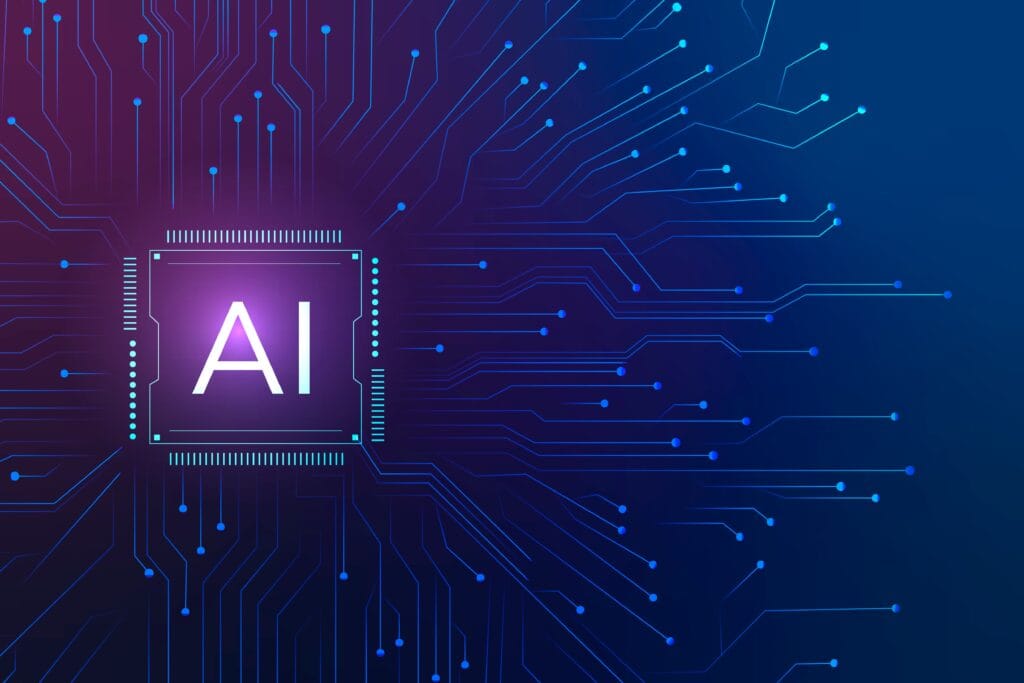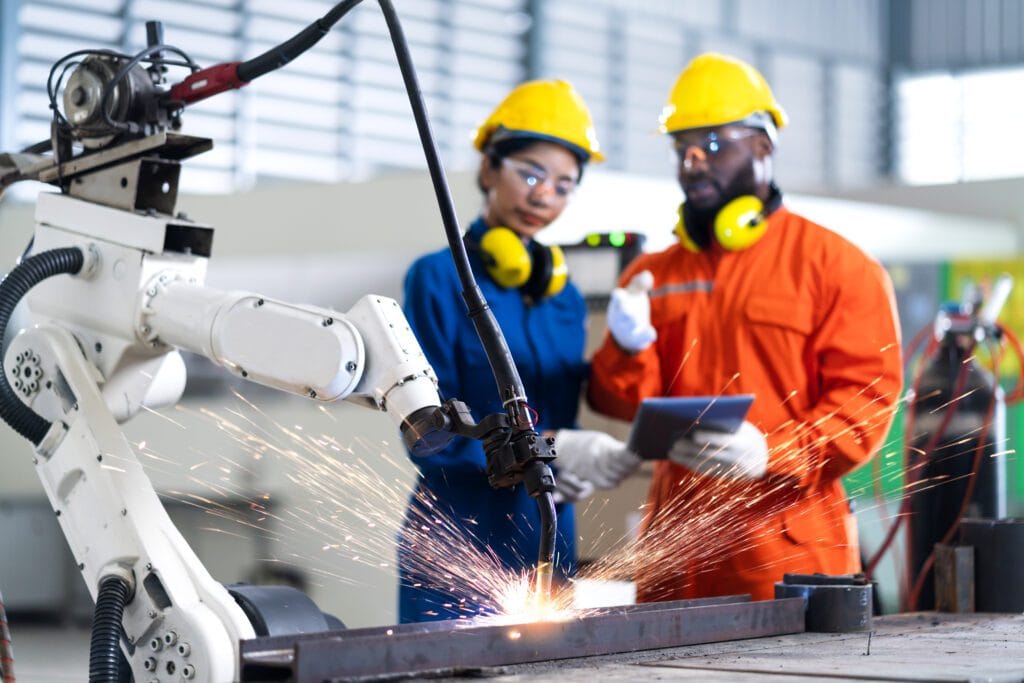Introduction: Why Python Continues to Lead in 2025
In our earlier blogs, we explored Python as the perfect entry point for beginners, a DIY tool for coding projects, and a bridge to AI, robotics, and web development. Now, it’s time to zoom out and look at how Python has evolved from a simple scripting language to one of the most powerful tech drivers of our era.
- Introduction: Why Python Continues to Lead in 2025
- 1. Python’s Evolution: From Basics to a Global Tech Driver
- 2. Why Python Scales with Your Learning Journey
- 3. Python in Artificial Intelligence: The Brain of Machines
- 4. Python in Robotics: Powering Intelligent Machines
- 5. Python in Web Development: Building the Internet of Tomorrow
- 6. Python in Data Analytics: Turning Numbers into Insights
- 7. The Global Impact of Python in 2025
- 8. Common Beginner Mistakes in Python’s Growth Journey
- 9. The Future of Python Beyond 2025
- FAQs
- Conclusion: Python as Your Global Tech Driver
In 2025, Python isn’t just a beginner’s language. It powers artificial intelligence frameworks, robotics research, advanced web applications, and global data analysis. What makes it unique is its scalability with your learning journey: you can begin with a “Hello World” script, and years later, you might be using the same language to run machine learning models or automate robots.
Let’s explore Python’s journey, its ecosystem, and how you can leverage it for your growth.

1. Python’s Evolution: From Basics to a Global Tech Driver
When Python was first released in 1991 by Guido van Rossum, it was designed to make coding more readable and human-friendly. Over the years, this simplicity allowed it to spread across industries.
By 2025, Python is:
- The backbone of AI → With frameworks like TensorFlow and PyTorch, powering everything from chatbots to medical diagnosis systems.
- The bridge in robotics → Through libraries like ROSPy, enabling robots to sense, move, and interact with the world.
- A leader in web development → Frameworks like Django and Flask help build powerful apps that scale globally.
- The favorite for data analysis → Libraries like Pandas and NumPy make Python the top choice for data scientists worldwide.
👉 Key Insight: Unlike many languages, Python grows with you. Whether you’re a student, hobbyist, or professional developer, the same language can be applied at every stage of your journey.
2. Why Python Scales with Your Learning Journey
Many languages feel too complex for beginners or too limited for professionals. Python strikes a balance:
- Beginner Stage → Write small scripts (calculator, to-do list, or a simple game).
- Intermediate Stage → Build web apps, automate tasks, or analyze data.
- Advanced Stage → Train AI models, program robots, or design enterprise-scale systems.
👉 Example: A student in India might start with a Python-based to-do list project, while an engineer in the US uses Python to manage real-time data in autonomous cars. The language scales seamlessly.
3. Python in Artificial Intelligence: The Brain of Machines
Python has become the language of AI because of its simplicity and powerful ecosystem.
- TensorFlow → Used by Google and researchers to build deep learning models.
- PyTorch → Preferred by AI startups for its flexibility and ease of use.
- Keras → A high-level library for quick prototyping.
- Scikit-learn → Perfect for beginners experimenting with machine learning.
👉 Real-World Example: Netflix uses Python-based AI models to recommend shows, while Tesla relies on deep learning frameworks built with Python for self-driving technology.
👉 DIY Task: Try building a simple spam message classifier using Scikit-learn. Input messages and train your model to predict if they’re spam or safe.
4. Python in Robotics: Powering Intelligent Machines
Robotics in 2025 heavily relies on Python because of its adaptability.
- ROSPy (Python client for ROS – Robot Operating System) → Enables communication between sensors, actuators, and software.
- MicroPython → Runs directly on microcontrollers like ESP32 for IoT-based robotics.
- Raspberry Pi with Python → Makes robotics affordable and beginner-friendly.
👉 Real-World Example: In the UK, schools use Raspberry Pi and Python to teach robotics to students, while industries use Python-based ROS systems to manage warehouse robots.
👉 DIY Task: Use Python with a Raspberry Pi to program a line-following robot. This project teaches robotics fundamentals while being fun to build.
5. Python in Web Development: Building the Internet of Tomorrow
Python’s simplicity extends to the web:
- Django → Secure, scalable, used by Instagram and Pinterest.
- Flask → Lightweight, flexible, perfect for startups and personal projects.
- FastAPI → Modern choice for building lightning-fast APIs.
👉 Real-World Example: Many Indian EdTech companies use Django for their platforms, while global players like Instagram started with it.
👉 DIY Task: Create a personal blog app with Flask where users can post and read articles (perfect for practicing!).
6. Python in Data Analytics: Turning Numbers into Insights
Python is the go-to language for data science.
- Pandas → Handle structured data like Excel spreadsheets.
- NumPy → Perform scientific calculations and matrix operations.
- Matplotlib/Seaborn → Visualize data in graphs and charts.
👉 Real-World Example: Healthcare organizations in the US use Python to analyze patient data and predict disease outbreaks.
👉 DIY Task: Track your daily productivity in a CSV file (like hours studied or workouts) and use Pandas + Matplotlib to create a visualization.
7. The Global Impact of Python in 2025
Python is more than just a tool—it’s a global connector:
- In India → Used in EdTech, robotics education, and government-backed AI projects.
- In the USA → Drives AI, automation, fintech apps, and cutting-edge startups.
- In the UK → Adopted in academia, healthcare, and research labs.
Its popularity ensures a massive job market, with roles like:
- Python Developer
- Data Scientist
- AI/ML Engineer
- Full Stack Web Developer
- Robotics Programmer
👉 Impactful Note: Learning Python today means you’re not just coding—you’re preparing for future-proof careers.
8. Common Beginner Mistakes in Python’s Growth Journey
As Python evolves, so do its challenges:
- Jumping into AI too early → Learn core Python before diving into TensorFlow.
- Copy-pasting code without understanding → Leads to weak foundations.
- Skipping practice → Python is best learned through consistent DIY projects.
👉 Solution: Start small, stay consistent, and grow steadily.
9. The Future of Python Beyond 2025
Python shows no signs of slowing down:
- Quantum Computing → Researchers are exploring Python-based tools.
- More Robotics Integration → Python + AI will make robots smarter.
- Cloud Automation → DevOps and serverless systems use Python scripts.
- Education → Python remains the #1 language taught in schools globally.
👉 Prediction: By 2030, Python will power not just apps and robots, but also intelligent systems in daily life, from smart homes to personalized medicine.
FAQs
Q1. Is Python still the best for beginners in 2025?
Yes. Python remains the easiest to start with and the most rewarding in the long run.
Q2. Can I build a career just with Python?
Absolutely. Python developers are in high demand in AI, web, robotics, and data science.
Q3. Do I need to learn C++ before Python for robotics?
No. Many robotics libraries (like ROSPy) are built for Python, making it more beginner-friendly.
Conclusion: Python as Your Global Tech Driver
Python’s journey from a beginner-friendly script to a global technology driver shows its unmatched adaptability. It doesn’t matter whether you’re in the USA, UK, or India—Python opens doors to AI, robotics, web development, and data science.
Your next step? Pick a DIY project from this article—whether it’s a robot, a web app, or a data analysis tool—and start building. That’s how you transform learning into real-world expertise.


